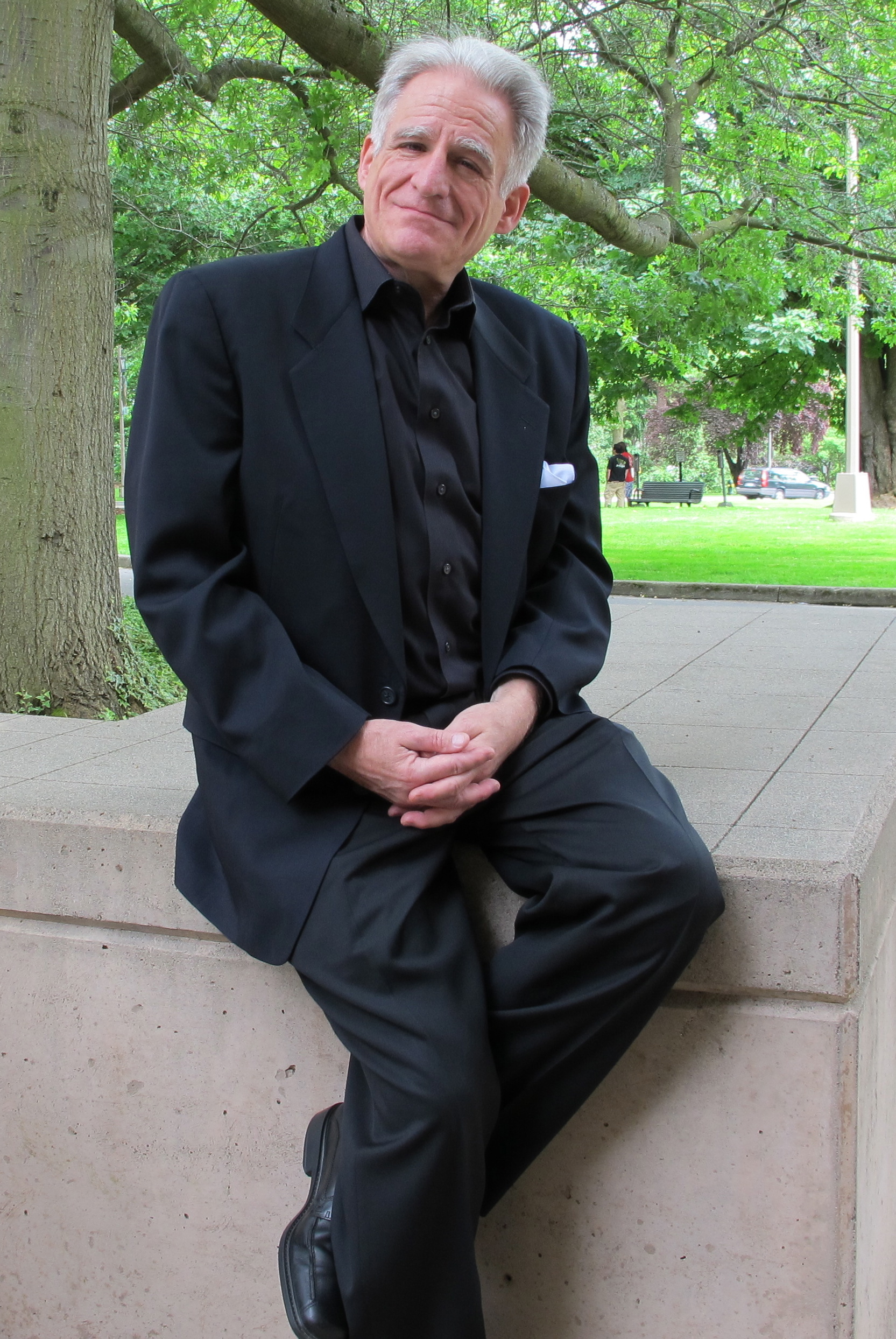In the through-the-looking-glass world of the Soviet Union under Stalin, Dmitri Shostakovich’s 24 Preludes and Fugues for piano were politically incendiary because they were politically noncommittal. Inspired by a music festival in Berlin commemorating the bicentennial of Bach’s death, Shostakovich decided to emulate the older composer’s Well-Tempered Clavier with a similar set of piano pieces—a project as far as a musician could get from the glorify-the-Motherland Socialist-Realist style mandated for art at the time.
In her book Shostakovich: A Life Remembered, Elizabeth Wilson quotes a vivid contemporary account of Shostakovich’s May 1951 premiere of his collection for the Union of Composers. As writer Lyubov’ Rudneva recalled it, the gathered functionaries—“ungifted, envious, and all too ready to make judgments”—pounced, “accusing Dmitri Dmitryevich of sinning against ‘surrounding reality’ and of failing to reflect the image of his contemporaries.” One comrade, baffled, asked of the cycle, “Are they the images, I ask, of Soviet reality?” Another advised the composer “that he should not waste himself on compositions with so little ideological significance.”
What offended them so? The cycle’s seeming abstractness. This set of 24 fugues (works that present and develop musical themes via the layering of in[ter]dependent melodic lines), each in a different major or minor key and each prefaced by a free-form prelude, was condemned as “formalist”: more concerned with musical architecture or procedure than with the simplistic surface descriptiveness and overt pro-Communist messages that put art (even instrumental music) at the service of reinforcing official Soviet ideology.
But what perceptive listeners at the time noticed, and what has engrossed pianists and audiences ever since, is the extraordinary wealth of expression Shostakovich evoked within structures of such dazzling complexity and craftsmanship—namely, “the irony, the sarcasm, the tragedy,” as UW pianist Craig Sheppard describes it. On April 25 he’ll play the entire set of 24—two and a half hours of music—which he unhesitatingly calls “the greatest solo piano pieces of the 20th century.”
For Sheppard, the strength and expressiveness of these pieces is not straitjacketed by their rigorous construction, but stems from it. (He quotes Goethe: “In limitations he first shows himself the master/And the law can only bring us freedom.”) Between the affecting gentleness of the first prelude—a sort of bittersweet minuet—to the imposing, almost frightening wrought-iron massiveness of the 24th fugue, what moods and emotions does Shostakovich not explore?
Especially interesting are the pairs in which the prelude and fugue seem to clash, to confound your expectations. No. 2 follows rippling perpetual-motion figuration in the prelude—a wonderful finger workout—with a fugue that sounds like one of the madcap polkas in Shostakovich’s ballets. No. 8 juxtaposes a tin-soldier march with a songful, languishing fugue full of the two-note “sighing” motive Bach himself used to connote emotional pain. (These “sighs” become obsessive in the 22nd prelude, like a bad dream you can’t wake from. Maybe Shostakovich’s music did reflect Soviet reality, more than any of his critics would have dared to admit.)
In no. 13, a blithe pastoral scene leads to the quiet, restrained grief of the five-voice fugue. The most manic fugue of all, no. 15—a jumpy, spiraling theme and constant time-signature changes, all at top speed—is preceded by an energetically, even grotesquely, cheerful waltz, a sly example of the what-does-he-really-mean irony and satire prevalent in nearly everything Shostakovich wrote. (Sheppard points out that its seeming resemblance to “We Wish You a Merry Christmas” may not be coincidence: It was finished on Dec. 30.) My personal favorite, and one of Sheppard’s, is the seventh fugue: Its main theme is built entirely on the notes of the A-major chord, A, C#, and E, allowing for a sparkling euphony yet no dearth of harmonic sideswipes and surprises.
This concert will be another total-immersion experience for Sheppard—his earlier traversals of the complete Beethoven sonatas, Debussy’s preludes and etudes, and Bach’s Well-Tempered Clavier have been highlights of recent Meany Hall seasons. “If I hadn’t played the Bach,” he says, “I’m not sure I would have had the courage” to tackle Shostakovich’s even more challenging cycle. An early interest in Russian literature, learning the language, and a visit to Moscow in 1970 (“I’ll never forget the lack of color”) made him a devotee of the composer. He’s played parts of the 24 but never the whole set; even Shostakovich himself recorded only 18 of them. (Some of these are hearable on YouTube.)
Leading up to his April 25 recital, Sheppard will take them on the road, playing them in several cities in China and at Rice, Oberlin, and the San Francisco Conservatory. (About this last venue: Sheppard mentions that in 1993, Shostakovich’s friend Tatiana Nikolayeva, dedicatee and champion of the 24, suffered a cerebral hemorrhage onstage while playing them at the Conservatory and died nine days later. Was it the curse of Stalin’s angry ghost?)
The other music Shostakovich was writing around this time (propagandistic film scores, a cantata titled The Sun Shines on Our Motherland, and other works he could dash off before breakfast to placate the Union of Composers) suggest that his homage to Bach, his adoption of the classic prelude/fugue format, was for him an escape—a chance to compose with a motivation purer than cheerleading for the regime. And more personal: Speculating on what this cycle meant to the composer, Sheppard says, “You’re working out your entire life in that fugue,” making even this strict form a vehicle for heartfelt confession. That’s what makes the 24 so compelling, despite their challenges to a pianist’s technique and stamina. “Every single one of them is a masterpiece,” Sheppard says. “Every time I turn around, I’m amazed by his genius.”
gborchert@seattleweekly.com
CRAIG SHEPPARD Meany Hall, UW campus, 543-4880, music.washington.edu. $12–$20. 7:30 p.m. Sat., April 25.






